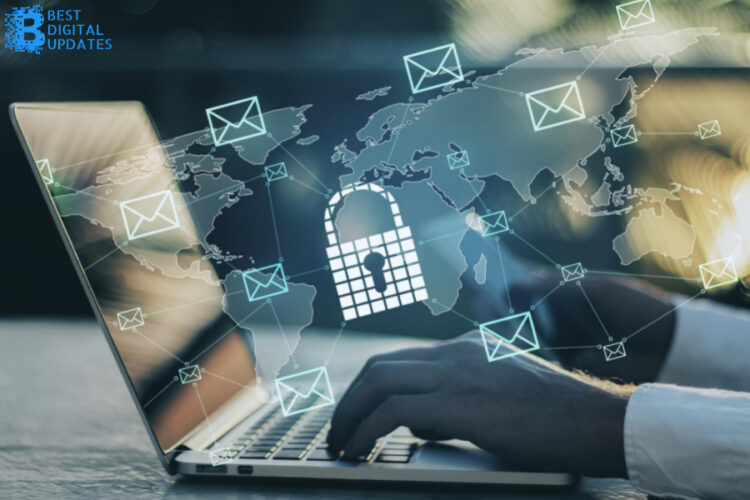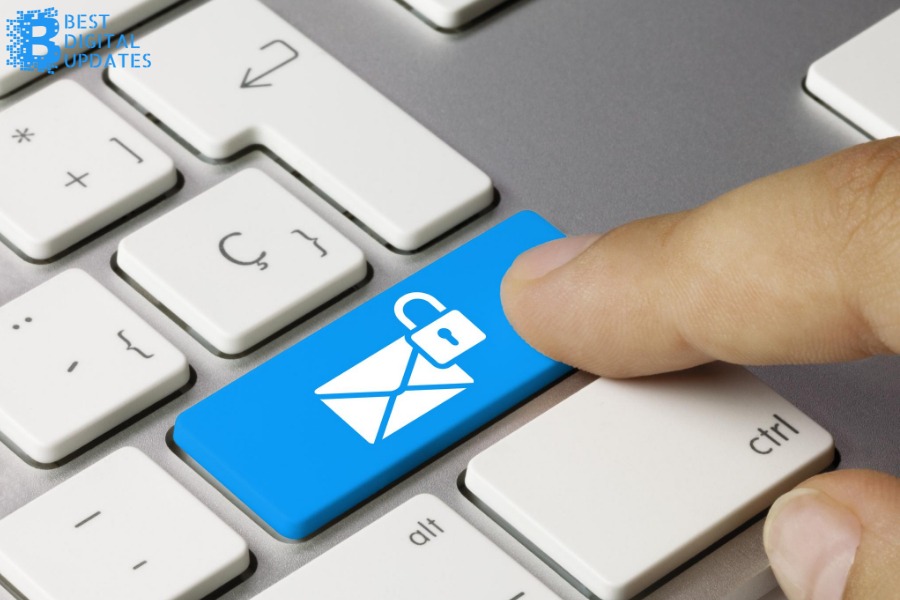There are many reasons why hackers may want to hack your email account. To start with, email is the most popular form of online communication today. However, the main reason hackers target email is that they’re the identifier for many online accounts.
When your email is hacked, it can be used for almost anything on the internet. They may attempt to steal any personal information obtained through an online account, such as your credit card information and your online banking account. And, if someone has access to your email, they can access everything you’ve ever sent over email–documents, tax forms, agreements, and any correspondence that can be used against you.
Your privacy should always be protected when you use your email, but you don’t have to abandon it totally to do that. Here are a few tips to reduce risk instead:
Implement Two-Factor Authentication
Table of Contents
Essentially, two-factor authentication is an additional security feature to ensure that anyone attempting to access your email is who they claim to be. A temporary passcode will be sent to your phone by your email provider to anyone trying to log into your account. This way, you’ll also be notified if someone attempts to log into your account when you receive passcode messages when not trying to sign in.
Two-factor authentication is already implemented by many email platforms such as Gmail and Outlook. You can set up two-factor authentication simply by logging in, navigating to ‘Password and security,’ and clicking ‘Set up two-step verification.’
Use A Secure Email Platform
Before email was mainly used to send messages over the internet, so security, privacy, and encryption weren’t very high on the priority list. Even though emails are more secure now than ever, much information is still sent unencrypted. Your messages will be visible to anyone in the relay chain between you and your recipient once they reach the mail server.
However, you can fix this problem by using a secure private email platform to encrypt the actual content of your emails. Most of the safest platforms offer end-to-end encryption. Only the recipient’s device can decode encrypted messages. Emails in transit can’t be viewed by anyone else. Private email providers also implement more robust passwords and two-factor authentication to help prevent passwords from being hacked or stolen.
Don’t Fall For Any Conspicuous Links In Emails
A phishing scheme is when a scammer sends an email or text message that contains links that look legitimate but allow them to access your personal information when clicked. Malware-infected email attachments are another popular technique of hackers. Avoiding these scams is as simple as not clicking on such links or attachments.
Another thing you can do is open a new browser and navigate to the website mentioned in the email or link to examine if the information given corresponds to the actual source. But as a rule of thumb, always be cautious when opening links or downloading attachments from unknown senders.
Avoid Using Public Wi-Fi And Computers As Much As Possible
Hackers sometimes set up bogus hotspots to gather and save people’s data. This allows them access to all kinds of data, including email accounts and passwords, credit card information, banking details, and more. To be secure, avoid using public Wi-Fi, especially if you’re signing into banking services, reading your email, or doing anything else that could disclose personal information.
This goes the same for public computers. Other people can gain access to public computers and install spyware or other viruses, which is quite dangerous. If you’re traveling or away from home, always access your email or the internet only through your device.
Review Your Service Provider’s Terms Of Service
Lastly, to address all of the security flaws in your email, you must identify them. The best way to do this is to review your provider’s Terms of Service (TOS). The TOS will inform you of the type of protection they provide. Is it possible for it to encrypt messages on its server? Does it guarantee the security of your data? While you may believe that your provider cares about your privacy, there’s a strong chance that it doesn’t.
For instance, Google allows third-party programmers to see your emails. After reviewing your provider’s terms of service, you’ll probably learn that keeping your email account secure isn’t their top priority.
Conclusion
Nowadays, email is the best way to communicate online. Hackers may try to steal any personal information (such as your credit card number and online banking account). If anyone has access to your email, any information could also be used against you. As such, follow the tips in this post to ensure email privacy.





















